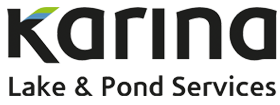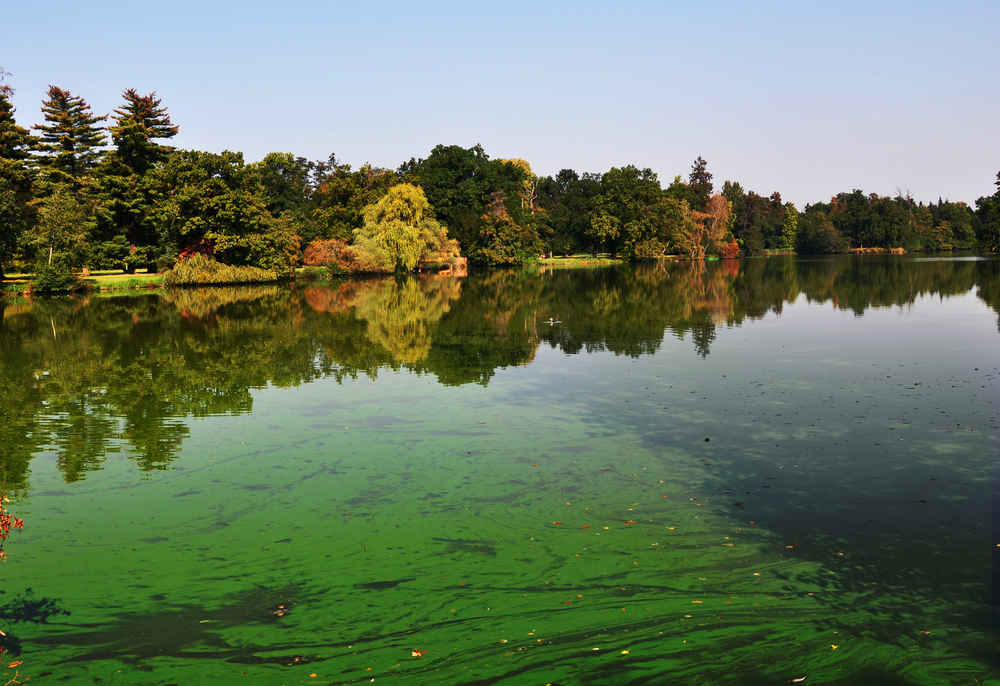When it comes to the ecosystem of a lake, things can get quite complex if the balance is upset in one way or another. This usually occurs due to the presence of an invasive species, a foreign entity that has somehow made its way into the ecosystem.
Once an invasive species takes hold, it can be hard to get rid of and you might have to engage lake maintenance services. It is very important to identify such problems early and seek a solution quickly. When it comes to lakes and invasive species, two noteworthy ones are harmful algae and invasive plant species.
How to Identify Harmful Algae?
Unfortunately, lakes are not spared from harmful algal blooms or HABs. This is where colonies of algae go out of control in terms of their growth and start producing harmful effects that can affect aquatic life, mammals, birds, and also humans.
The harmful algae produce large amounts of toxins that endanger wildlife. It also consumes the majority of oxygen in the waters, causing damage to the entire ecosystem in the lake.
Here are some tips to help you identify harmful algae:
- Bubbling floating foam
- Might resemble scum or paint on the surface
- Blue-green, green-brown or red pigment
- A strong fishy, septic or gas odor
How to Identify Invasive Plants?
Anything foreign to an established ecosystem can be considered an invasive species. These plants essentially take over the space of native plants that have been helping to prevent soil erosion and have been responsible for supporting the wildlife in the area.
The fast-growing nature of invasive plants also limits recreational activities like swimming, boating or fishing. Overall, invasive plants are hard to control as they grow quickly and aggressively. They spread so quickly that they pose a danger to the diversity and amount of native plant species.
Invasive floating plants include Water Lettuce, Water Hyacinth, and Water Chestnut while invasive submerged plants include Egeria and Hydrilla.
There are also emergent invasive plants that take hold in shallow water with a significant portion of the plant standing above water. These include Smartweed, Alligatorweed and Water Primrose.
Prevention Tips
Rather than letting things get out of hand, it is vital to manage the nutrient levels in the water and take note of other factors.
- Report invasive species
The easiest thing to do if you spot something that is foreign and never seen before in your local lake is to make it known to the local authorities. Information can mean a great deal, and if problems are spotted early, solutions can be administered early as well.
- Reduce use of fertilizer near lakes
Fertilizer brings nutrients for soil and grass, but they can also be washed off into lakes and water. This can bring about an uncontrollable growth for algae.
- Shore up the surroundings
By planting more native vegetation near the shoreline, we can prevent erosion and capture more stormwater. Nutrients will also be absorbed by these plants instead.
Conclusion
No matter where you are, protecting the local lake ecosystem is beneficial to you, the lake’s surroundings as well as plant and animal life. By educating yourself about harmful algal blooms and invasive plants, you’ll be well placed to prevent their growth.

